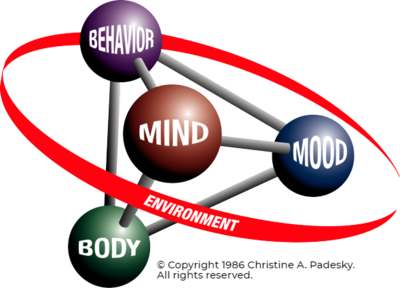CBT Training from Digital Padesky StoreVideo and Audio Downloads & Rentals
DIGITAL PADESKY Store Links: HOME | Publications AUDIO | Publications VIDEO | Terms | Privacy Policy | About Us
Welcome to the
Digital Padesky Store
NOT FOR USE BY THE PUBLIC

Exclusively for Mental Health Professionals and students in a mental health field
PROFESSIONALLY RECORDED audio and video clinical presentations designed to assist mental health professionals and graduate students in mental health fields. Learn and apply the theory and methods of Cognitive Behavior Therapy.
INSTITUTIONS & LIBRARIES
See our Terms and Conditions for Permissions and Use restrictions and the simple way to fulfill them.
INSTANT DELIVERY. Order now and start watching in seconds. Help reduce your carbon footprint!
VISIT OFTEN! Our store is being filled with digital CBT training products.
MP4 Videos: for purchase or rent
From $14.95 to $44.95 USD
9 CBT clinical demonstrations in MP4 video format.
** NEW VIDEO released July 1, 2022 **
MP3 Audios: purchase only
From $9.95 to $24.95 USD
7 CBT workshops and presentations in MP3 audio format.
Approximately 15 more audios coming in the 2023 (see note below).
More MP3 Audios to be published in 2023
Apologies that our updates are taking so long. We are offering some of the digital versions with a copy of the original program handouts. This is taking us longer than anticipated.
We plan to publish over 20 CBT training workshops on MP3 audio. Here is a list of titles already published and those pending publication.
- Anxiety Disorders: Principles & Methods
- Brief CBT for Phobias & Generalized Anxiety Disorder (GAD)
- CBT for Posttraumatic Stress Disorder (PTSD): Theory & Protocol – AVAILABLE
- CBT for Social Anxiety – AVAILABLE
- CBT with Children – – AVAILABLE
- CBT for Couples Conflict : “What Lies Beneath”
- Constructive & Deconstructive Language in Couples Therapy
- Love is Never Enough : CBT with Couples
- CBT of Depression: Foundations & Innovations
- Advanced CBT of Depression
- Behavioral Experiments – AVAILABLE
- Case Conceptualization
- CBT’s Past & Future: A Conversation Hour with Questions & Answers
- Goal Setting in CBT – AVAILABLE
- Guided Discovery – AVAILABLE
- Imagery in CBT
- Step-by-Step Model of Collaborative Case Conceptualization – AVAILABLE
- Group CBT: a Balancing Act
- CBT of Personality Disorders: Principles & Methods to Change Schemas
- CBT of Borderline Personality Disorder
- Continuum & Positive Data Log: Schema Change Methods
- Therapist Beliefs: Protocols, Personalities & Guided Exercises


